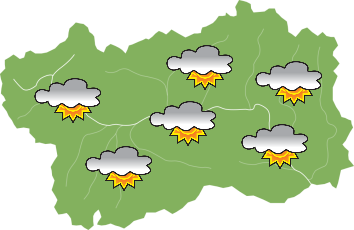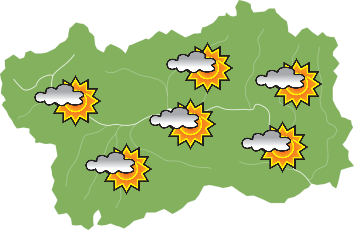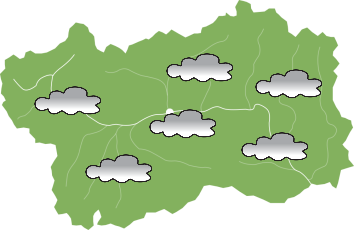Arch of Augustus
Roman architecture - AostaHaving crossed the bridge over the Buthier River, along the road that used to lead to the monumental Porta Praetoria, the main access road to the Roman city, the honorary arch dedicated to the emperor Augustus was erected.
It used to be an eloquent sign of the presence and power of Rome, which had definitively defeated the Salassi during the year 25 B.C. and founded the new colony.
The arch, which is characterised by its severe stateliness, typical of the architecture of the late Republican era, is a single round arch, measuring 8.29 metres in width, like the road that crosses it. The pillars at its sides have half-columns at the four corners on attic bases surmounted by Corinthian capitals, the same that divide up the facades and the sides. These surfaces were originally interrupted by reliefs which most likely had monumental representations located in the four alcoves of the facade. A Doric trabeation with tryglyphs and metope closes what remains of the monument in the upper section, for centuries it has been stripped of the attic on which the commemorative inscription was written in bronze lettering. During the Middle Ages, the arch was called “Saint-Vout” given the presence of an image of the Saviour which was positioned on it and then later replaced with the Crucifix. In 1716 the Conseil des Commis decided to preserve the monument from the infiltration of water by covering it with a slate roof. The Arch was definitively restored between 1912-1913, an excavation nearby, dating back to the early years of the 1900’s, brought to light two large letters in gilded bronze, which most likely formed part of the dedicatory inscription.










